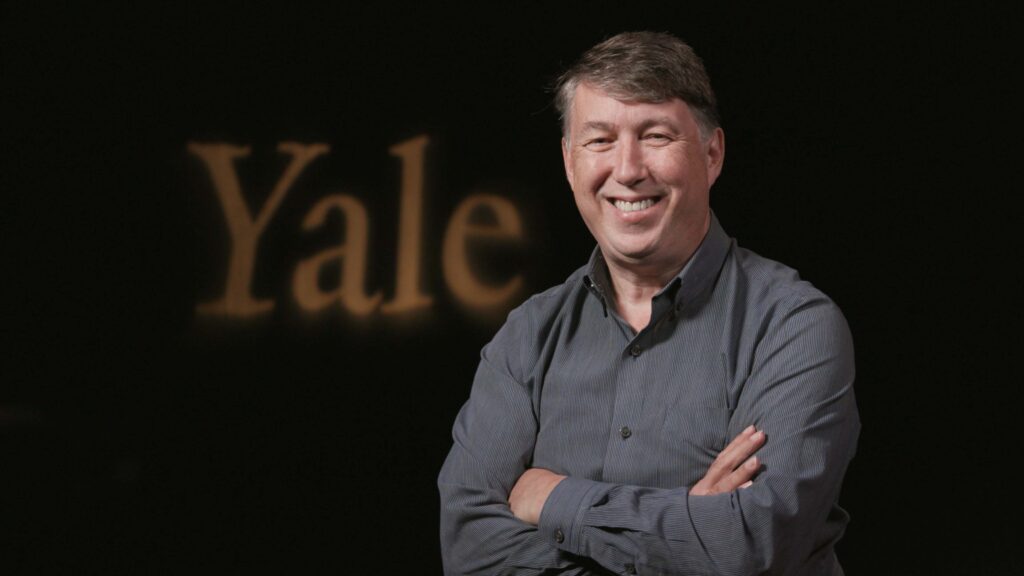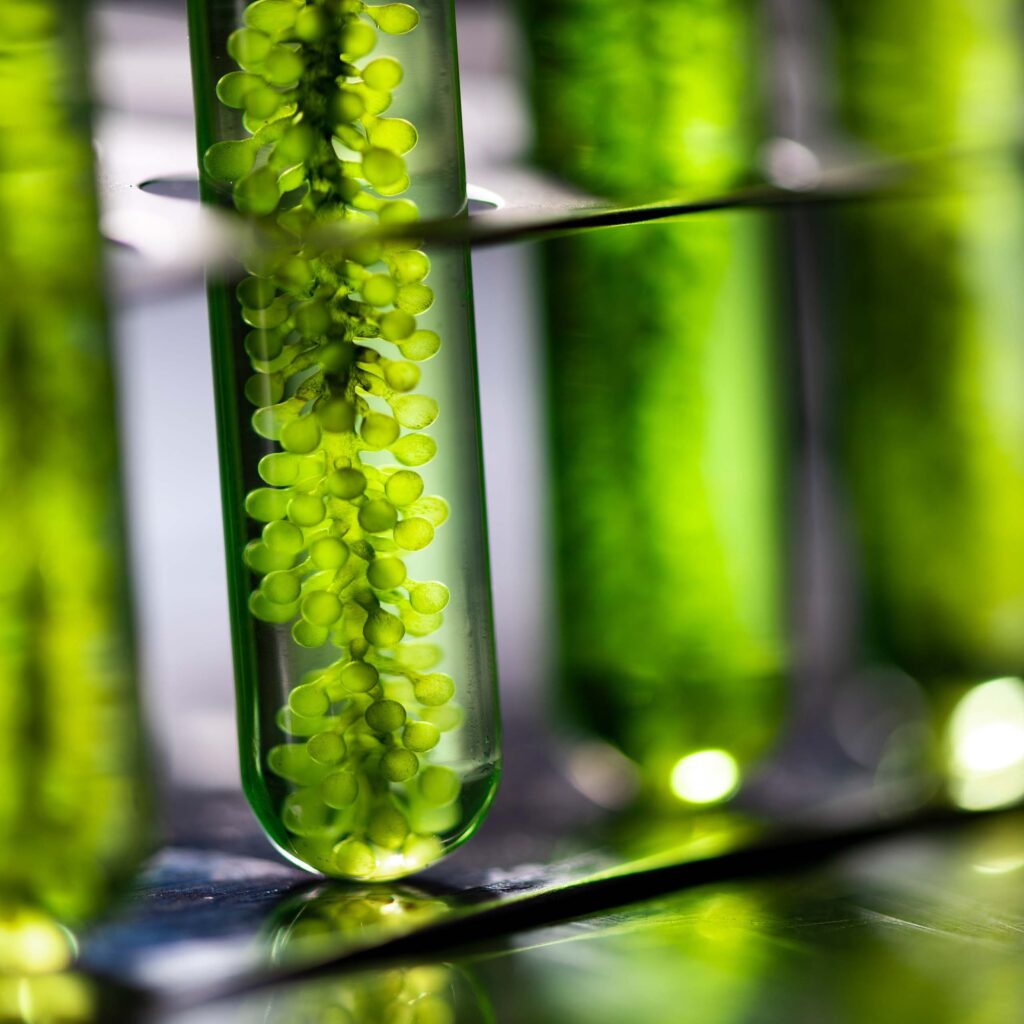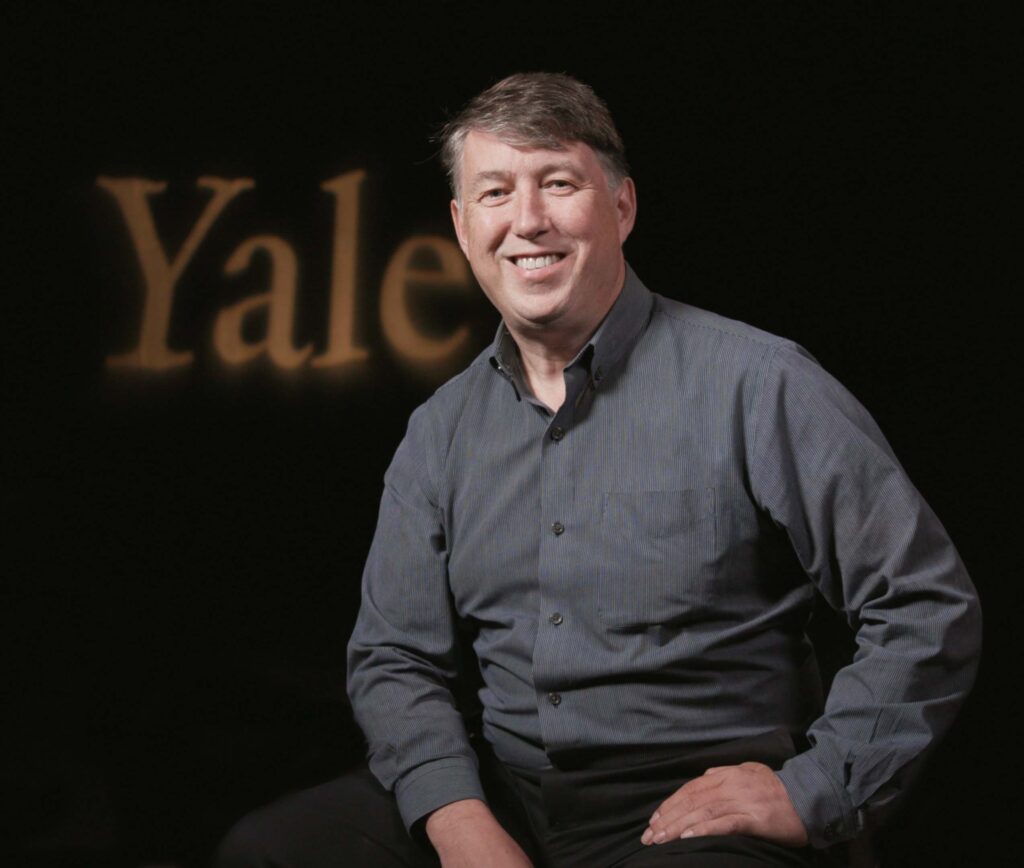 Paul Anastas is the Volvo Environment Prize laureate 2021.
Paul Anastas is the Volvo Environment Prize laureate 2021.
The Volvo Environment Prize event 2023 starts soon.
We should not see CO2 as a waste you can do nothing with. It can be converted to useful materials, says Professor Paul Anastas of Yale University in this Q & A with science and environment reporter Claes Sjöberg, a Senior Advisor for the Volvo Environment Prize Foundation.
On Dec 1st, you will receive the Volvo Environment Prize 2021. Can you tell us about your reaction when you learned about this award?
Well, I have to say it was such an honor, and honestly, the first reaction and the first thought that I had was that this prize was not for me. It is about the worldwide community of green chemists working tirelessly to invent tomorrow so that it’s different from today.
 Paul Anastas is the Volvo Environment Prize laureate 2021.
Paul Anastas is the Volvo Environment Prize laureate 2021.
Why do we need green chemistry?
Everything that we see, touch, and feel is a chemical, whether it’s the furniture, the clothes we wear, the electronics that we use. It’s all chemicals. For the past two centuries, chemistry has been doing technological miracles. But that’s only half the job that we’ve gotten—all of this beautiful performance with all of these unintended consequences of pollution, toxicity, and emissions. What green chemistry is about is saying we can do better. We can have all of the performance without all of the hazards.
Could you give us a couple of examples of what you would say is good green chemistry?
Sure! For so long, we used to have wood preservatives that were based on arsenic. The vast majority of arsenic in the economy was to preserve wood, including wood on our decks, houses, and playground equipment. Then green chemistry came up with new alternatives that eliminated the arsenic and had a nontoxic way of preserving wood. Every time you substitute in something harmless or even beneficial for something toxic, it’s green chemistry. So, when you replace a carcinogen with sugar or starch to make a bio-based plastic, that’s green chemistry.

Could you give us another example of an innovative kind of green chemistry?
One of the things that green chemistry does is not just focus on the end products but also on how those products are made. People don’t generally know that greater than 90% of all of the materials that go into manufacturing wind up as waste immediately across all manufacturing. Specific sectors are even worse. Pharmaceuticals, for instance, for every kilo of product that you produce, you produce a ton of waste. Green chemistry is also about changing the manufacturing processes to get all of the performance without all of the waste. It’s not just about designing the products. It’s also redesigning the way we make those products.
You have, together with John Warner, developed the so-called Twelve Principles of Green Chemistry. Could you tell us more about why you did this?
The Twelve Principles of Green Chemistry are a design framework. Because the simple definition of green chemistry is the design of chemical products and processes to reduce or eliminate the use and generation of hazardous substances. The twelve principles are the framework for how you design new products, new manufacturing processes. It’s a guide that goes across the life cycle to make new, sustainable materials.
These twelve principles are pretty widespread. They are on websites, in textbooks, and they’re taught in universities. Are you surprised about the breakthrough of these twelve principles?
I think that chemists and really anyone who is designing new products wants to do it right. They don’t want to introduce new toxicity into the world. So, there was a hunger for saying, look, if we could have a way of approaching this that makes sense, that meets our environmental and health goals and meets our economic goals, then we would readily adopt this. So, I think the twelve principles are so helpful to people because it allows them to do something that they’ve wanted to do all along.
And I know this is a difficult question, but if I were to ask you to select one of these principles as the most important one, which one would that be?
Oh, my goodness. You’re asking me to choose my favorite children! There is a principle saying that all products should be designed to be non-hazardous, and that is overarching. But the most important thing is not to look at the twelve principles in isolation, one by one, but rather as a cohesive system. And to make sure that manufacturing is not wasteful and hazardous to workers and that the products aren’t going to be harmful when they’re being used. Also, at the end of commercial life, make sure that the products can be recycled, reused, or go harmlessly degrading into the environment.
“Nature does its chemistry far more elegantly than we ever can”
It sounds good with green chemistry, but will things perform as well as they have been doing?
Green chemistry is not about sacrifice. It is not about doing less, having less, wanting less. Green chemistry is about what you can invent and what you can innovate. The new products of green chemistry not only perform as well, they almost always perform better than the incumbent technologies. Why is that? Because we have a long history of how to develop performance, highly performing substances. What we’re now adding is more value: you don’t have to worry about the consequences of these materials.
I believe you’ve said in an interview that copying nature is one of the best tools in the green chemistry toolbox. But copying nature isn’t always easy, is it?
No, nature is brilliant, which is why we need to turn to nature as a mentor and an inspiration. There are reasons why when we walk out in nature; we don’t see giant lakes of cyanide or big clouds of chlorine. It’s because nature does its chemistry far more elegantly than we ever can. And it does it on a scale beyond our imagination. So, there is so much to learn. But, no, it is not easy to mimic the brilliance of nature. But there is so much to be inspired by; every step we take toward being more like nature makes our chemistry better.
I will say that our historical way of converting one chemical into another, one material into another, has been rather brutish and ugly. We heat, beat and treat these substances. Nature looks at molecules and says, what is it that this molecule wants to do? And because of that, it can use less energy, never generate waste, does it at ambient temperature and pressure. It’s far more elegant and far more beautiful than any chemistry that we’ve ever created.

Making substances more reactive has been a productive way of making new materials. But this means that they sometimes become more toxic?
Yes, a general rule is that the more reactive as substances, the more toxic it will be because it’s going to react with our bodies and the biosphere. And yes, that has been the trend to make things more and more reactive. Why? Because that helps manufacturing processes go fast. Maybe use less energy. But that’s not how nature does it. Nature instead takes very unreactive molecules, like sugars and waxes. And instead, it uses what we call geometric contortion. It takes enzymes and twists them until they become reactive at the time and where it wants them to react. It is such a wonderful area of study for green chemistry. And there have been many breakthroughs just by mimicking nature.
So, if you look in your Crystal ball, what do you see ahead when it comes to advancements and innovations in green chemistry?
There’s so much! When we look at the possibilities, eliminating the concept of waste is very much high on the list. So, what does that mean in nature? There is no waste. Every time waste is produced, an organism has evolved to utilize that as a feedstock, as a food. We need to design our chemistry so that even the most plentiful ways are useful and valuable. The most obvious example is CO2. We know what CO2 is doing to our atmosphere. We’re conducting an uncontrolled experiment on the only planet that we have.
And yet, CO2 has always been thought of as a waste that you can do nothing with. What’s taking place now is brilliant green chemistry going on around the world trying to convert CO2 into useful materials, like building materials, roads, bridges. Large quantities of CO2 going into materials is something that is part of shifting the equation. And one of the great grand challenges that green chemistry is meeting.
So really, you think green chemistry can help in preventing climate change?
Without question, some of the most active areas of green chemistry are directly related to energy. So, when we say all we have in this world is energy and matter, green chemistry is about changing the inherent nature of all of our matter, including all of the materials used to generate, store and transport our energy more sustainably. That’s what we mean when we’re talking about developing new ways of capturing and transforming solar energy and how you store renewable energy in new battery technology and new energy storage techniques.
So much of green chemistry is focused on addressing climate change. And, of course, the capture and conversion of CO2 and other greenhouse gases are essential.
It all sounds good, Paul, with green chemistry. But to regulate and make demands on industry to become green, won’t it be very costly?
Green chemistry is about how you meet your environmental and health goals and align them with your economic and profitability goals. So, when we look at green chemistry in the history of chemistry, it is about invention and innovation.
There’s not a single regulation or law requiring green chemistry. The reason that so many companies are doing this is that it is good business to do it. It’s more profitable to do it.
 Professor Paul Anastas in the Yale University studio, interviewed by Claes Sjöberg, Senior Advisor at the Volvo Environment Prize Foundation.
Professor Paul Anastas in the Yale University studio, interviewed by Claes Sjöberg, Senior Advisor at the Volvo Environment Prize Foundation.